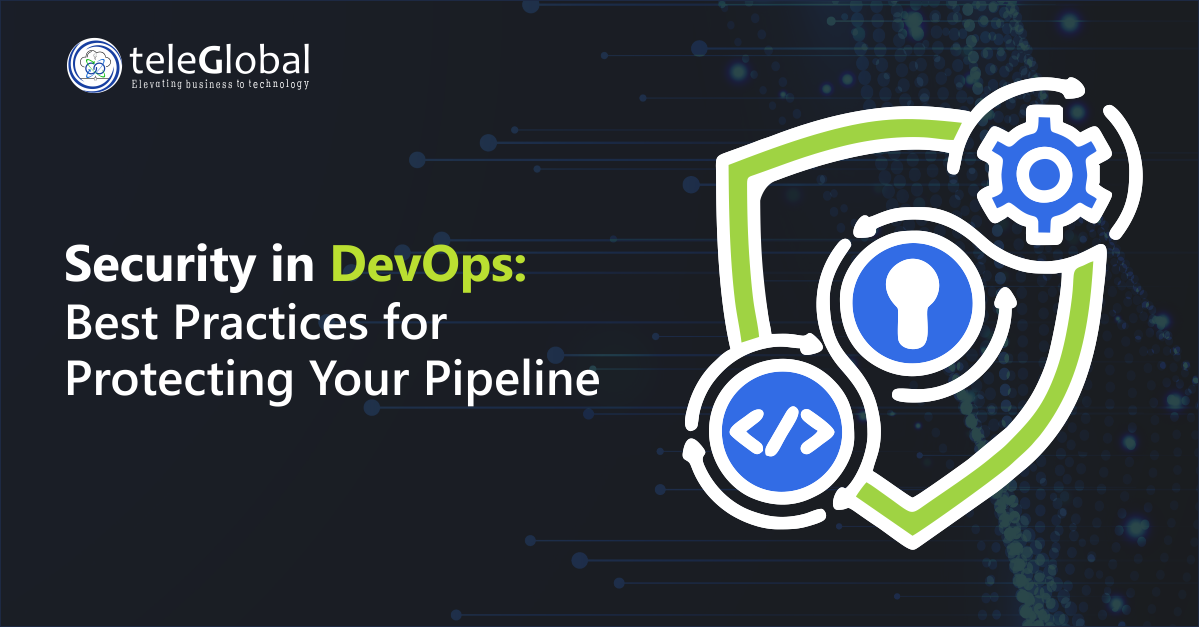
| Author: Kamlesh Kumar | Published: 05-Feb-2024 |
Security in DevOps is more important now than ever ahead. As software teams move faster and emplace more frequently, the threat of security increases. But, if are not protecting your development pipeline, you are leaving the door open for cyber attacks. In this blog, we will help you understand how to keep your pipeline secure using proven devops best practices. This is not just technical advice. It is real help for teams who want to build better and safer software.
Today, most companies use devops to speed up development. But many forget to add security into the process. This creates weak spots where attackers can sneak in. Security should be built into the pipeline from the start. Teams that do this release software faster and face fewer issues in production. It is about working smarter, not just harder.
Most businesses now work in the cloud. This brings many benefits, but also new security risks. Many companies face data leaks, misconfigured servers, and poor access control. If your devops pipeline security is weak, it can lead to big problems like data loss, service outages, or even legal trouble. It is not just an IT problem. It is a business problem.
Do not wait until the end of development to think about security. Start from the very first step when planning and writing code. Use tools that check for mistakes in your code while you write it. Fixing issues early saves time, money, and headaches.
Make sure every build, every change, and every release is tested automatically for security problems. Use tools that overlook for issues in your code, your open- source libraries, and your running apps. This helps catch problems before they reach your users.
Never store passwords, API keys, or tokens in your code. Use tools that manage secrets securely. Make sure these secrets are streamlined frequently and kept down from public access. This is one of the easiest ways to block attackers.
Use role based access control (RBAC) to make sure only the right people can pierce sensitive systems or make changes. Give each person only the perssons they really need. This reduces the threat of mistakes or attacks from outside.
Many teams now use code to create their servers and cloud environments. Make sure this code is also secure. Scan it for mistakes, review changes, and follow best practices to avoid misconfigurations.
Think like a hacker. Before you start building, map out how someone might attack your system. This helps you fix problems before they exist.
Never assume anything or anyone is safe by default. Always check and verify access at every stage. This method, called Zero Trust, is becoming the standard in securing cloud and devops environments.
By building security into your DevOps Application, you avoid delays, reduce risk, and moves fast in delivery. With this, you spend less time fixing bugs post-release and more time delivering business value to your customers. Those teams who build security into their process report many benefits, including fewer support problems, few, if any, penalties, and more customer trust.
We at Teleglobal International help companies build secure, scalable, and modern devops solutions. Our experts guide your team on how to implement the best practices in devops and aws, secure your environments, automate your workflows, and stay protected against evolving threats.
They automatically check code for errors, spot outdated libraries, and block unsafe changes. This makes the process safer without slowing down development.
Secrets like passwords and keys must be kept secure. If they are leaked, attackers can access your systems. Using a secrets manager keeps this information safe and hidden.
They create a clear and safe process that can be reviewed easily. This helps meet legal and security standards with less effort during audits.
Yes. AWS has many built in tools for identity management, secret storage, and monitoring. When combined with devops, it helps you secure and scale your applications with confidence.
A secure DevOps Application checks for threats during every step, uses safe coding practices, manages access, protects secrets, and watches for any strange behavior in real time.
 close
close

Hi there! At TeleGlobal, we turn your cloud vision into AI-accelerated reality. What challenge can we help you solve?
Powered by ![]() teleBot
teleBot